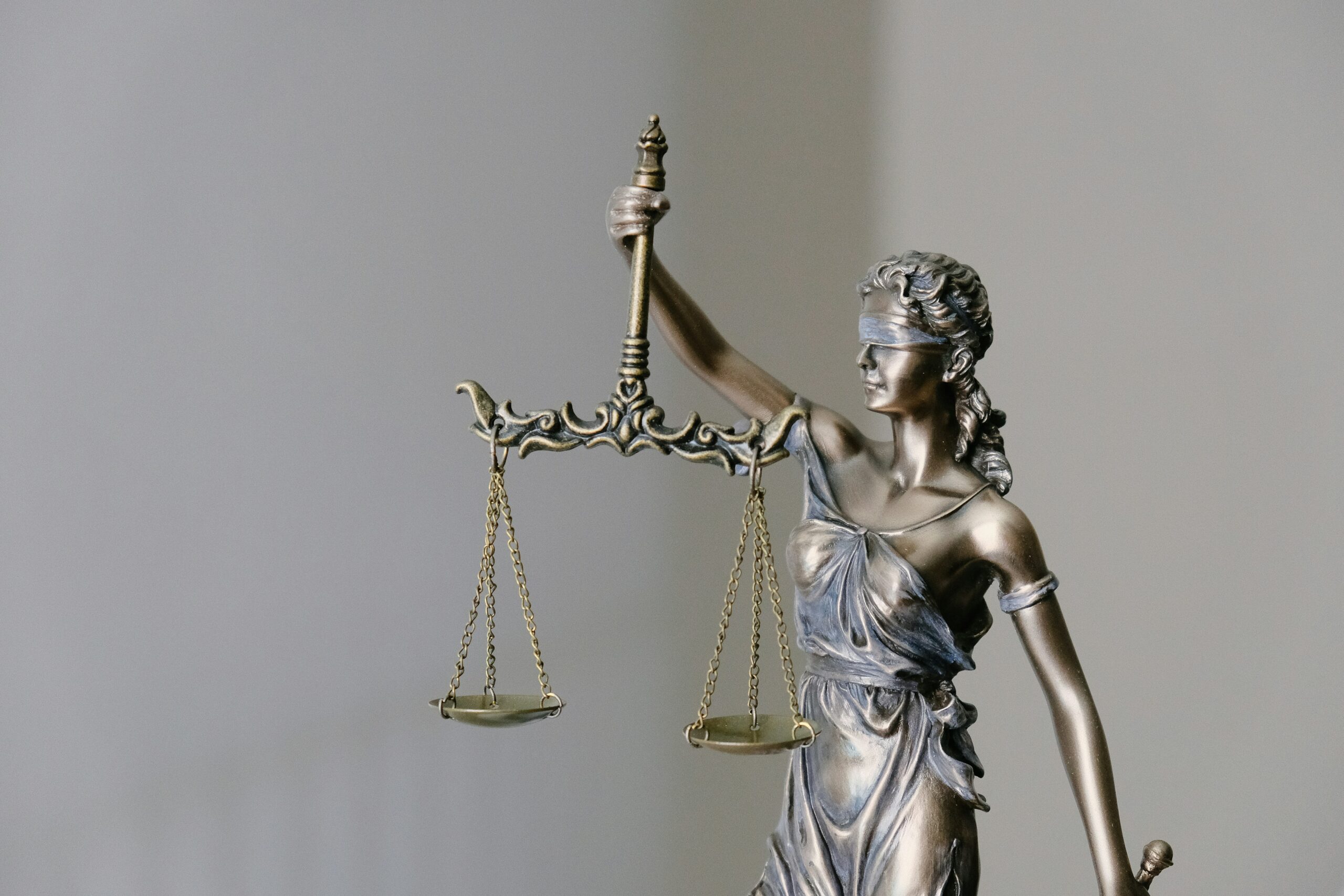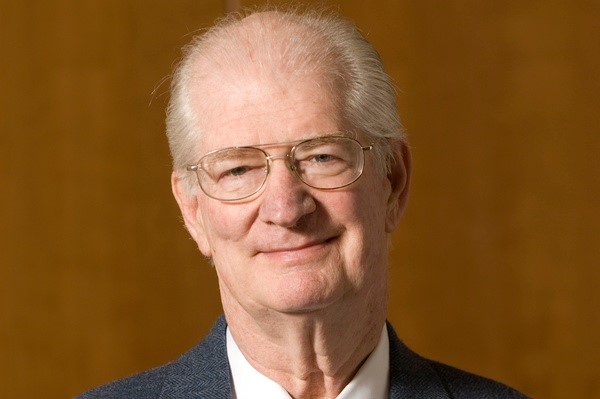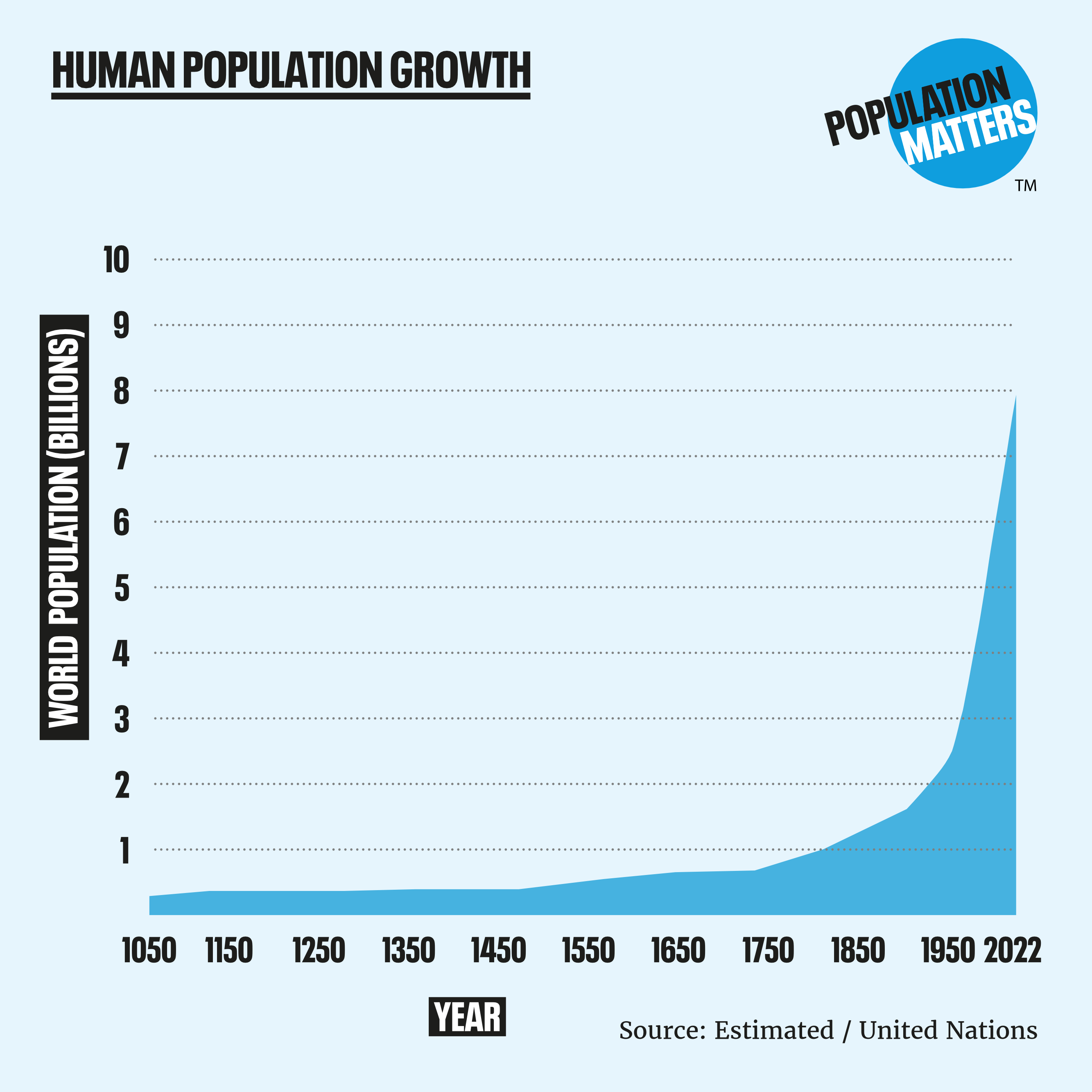
Balancing Act: How the Steady-State Economy Seeks Equilibrium
If the steady-state economy were to be encapsulated in a single word, it would be balance. It is a concept that seeks to establish an equilibrium between growth and environmental integrity, between production and population growth.
This blog is part of our current series exploring alternative economic models.
What is a steady-state economy?
A steady-state economy is a sustainable system that prioritises ecological balance over continuous growth. It aims to maintain a stable level of resource use and population, ensuring that the planet’s health is preserved.
Understanding Steady-State Economics
The theory of steady-state economy dates back to classical economists of the 18th century. It challenges the traditional belief that endless economic growth is essential for prosperity. Instead, it advocates for an economy that operates within the planet’s ecological limits. The focus is quality of life rather than quantity of output.
In recent years, its biggest proponent has been American ecological economist Herman Daly, who was a member of Population Matter’s Expert Advisory Group before his death in 2022. The idea is simple: we cannot keep consuming resources at an unsustainable rate without damaging the environment.

The steady-state economy promotes sustainability by stabilising population and consumption levels. This would ensure that our actions today do not compromise the needs of future generations. By prioritising balance, we can enhance wellbeing while protecting natural ecosystems. Daly’s work is not just theoretical; he provides practical frameworks that guide sustainable practices in publications such as “Steady-State Economics.”
Where traditional economic models equate growth in Gross Domestic Product (GDP) with prosperity and success, a steady-state approach challenges this notion by highlighting that not all economic activity contributes positively to societal wellbeing. GDP measures the total monetary value of goods and services produced. However, it does not account for the depletion of natural resources, environmental degradation or social inequalities. The steady-state economy prioritises metrics that reflect quality of life and ecological health over sheer output. This shift in focus encourages societies to seek improvements in wellbeing and sustainability rather than chasing arbitrary growth figures. This fosters a more holistic understanding of progress that benefits both people and the planet.
The Steady-State Framework
Sustainable Scale: Daly proposed that economies should operate within the ecological limits of the planet. This means setting limits on resource use and waste production to avoid overburdening the Earth’s ecosystems.
Stable Population and Consumption: The framework calls for a stable population and per capita consumption, ensuring that both remain at levels the planet can sustain over the long term.

Fair Distribution: Daly emphasised the need for a more equitable distribution of wealth and resources. In a steady-state economy, policies should aim to reduce inequality to ensure fairness across societies.
Efficient Allocation: While markets play a role in allocating resources, Daly argued that they must operate within set ecological and social boundaries. Efficiency should be pursued without compromising sustainability or fairness.
Focus on Quality of Life: Rather than pursuing endless growth, Daly’s framework shifts the focus towards improving well-being, quality of life, and environmental health, recognising that true progress isn’t measured by GDP alone.
According to the Center for the Advancement of the Steady State Economy, there are four rules for a steady state economy:
- Maintain healthy ecosystems and the life-support services they provide.
- Extract renewable resources like fish and timber at a rate that allows for their regeneration.
- Consume non-renewable resources like fossil fuels and minerals at a rate that enables the discovery of renewable substitutes.
- Deposit wastes in the environment at a rate that allows for their safe assimilation.
Population Growth
As indicated above, a key aspect of the steady-state economy model is the explicit necessity for a stable population. Unlike traditional economic models that often assume (and require) unlimited growth, a steady-state economy acknowledges that continued population expansion strains natural resources and ecosystems.

Herman Daly emphasised that a steady population, combined with sustainable consumption, is essential to maintaining ecological balance. This approach advocates for policies that promote family planning and education, ensuring that population levels align with the planet’s limits. These are among key solutions we promote at Population Matters to achieve a sustainable population in the coming decades.
Is it viable?
Critics of steady-state economics often question its viability and practicality. They argue that transitioning from a growth-oriented economy to a steady-state model is unrealistic, particularly given our reliance on continual growth for employment and stability. However, advocates believe that implementing steady-state principles can create new opportunities for jobs and innovation focused on sustainability.
One significant barrier to this transition is the entrenched belief that growth equates to success. Many policymakers hesitate to embrace alternatives, fearing backlash from industries that thrive on growth. Yet, as the climate crisis and resource depletion become increasingly urgent issues, the need for change is clearer than ever.
It is also argued that its implementation may be difficult in low-income countries, where growth is often seen as a means to lift people out of poverty. Many nations still grapple with high levels of unemployment, inadequate infrastructure and limited access to essential services like healthcare and education. In this context, the idea of prioritising sustainability over growth can seem unrealistic or even counterproductive.
Something’s got to give
It’s clear that the growth-at-all-costs mentality cannot sustain us in the long term. At the core of the steady-state economic model is the belief that our pursuit of endless growth is fundamentally incompatible with the finite nature of the Earth’s resources.
The focus on stabilising our population, as well as consumption, sets it apart from other economic theories. By recognising the impact of unsustainable population growth, the issues it identifies are closely aligned with the mission of Population Matters. Herman Daly dedicated his life to challenging the deeply entrenched growth is good mantra, championing an alternative framework that balances economic activity with the planet’s ecological limits.


